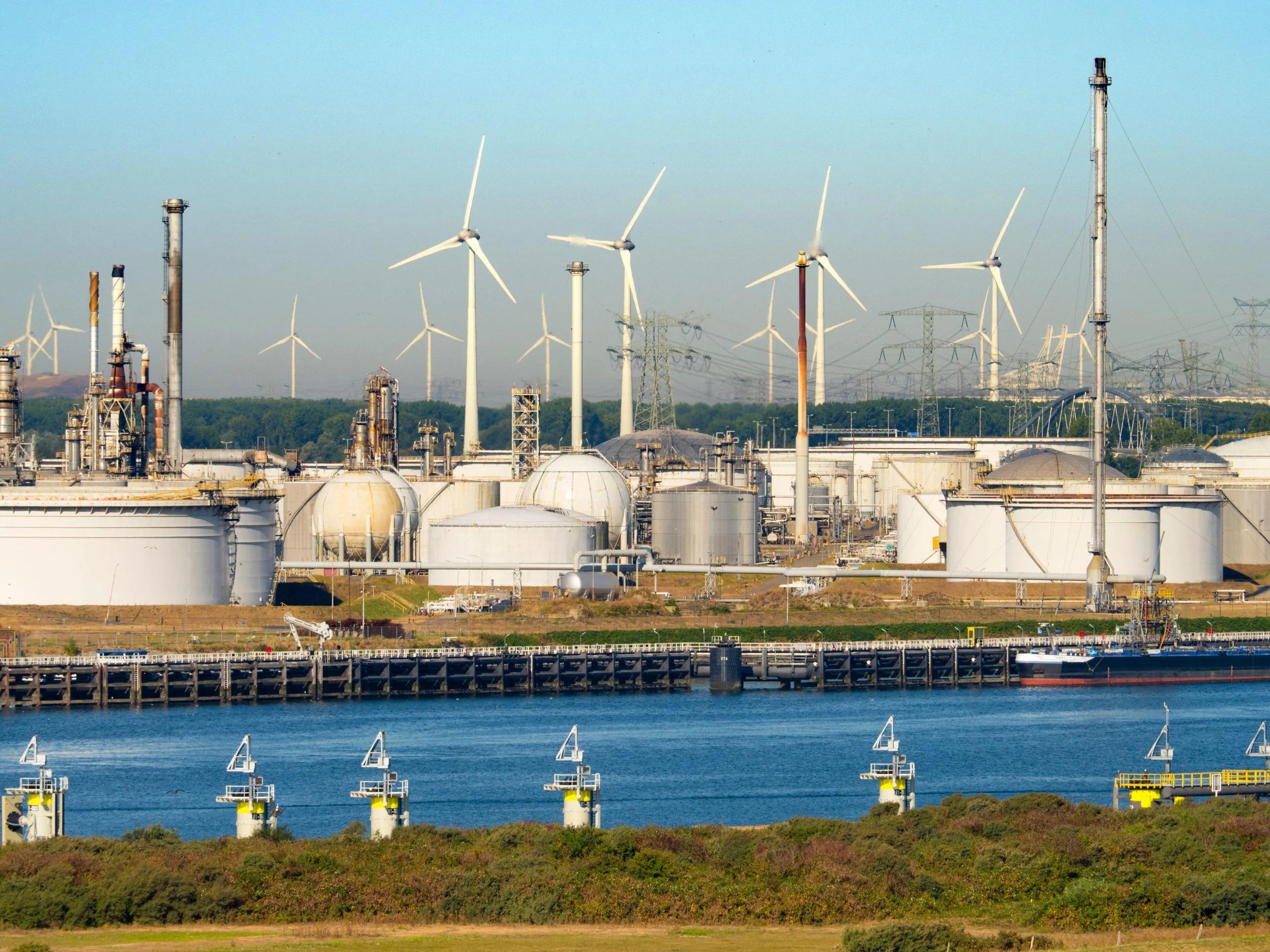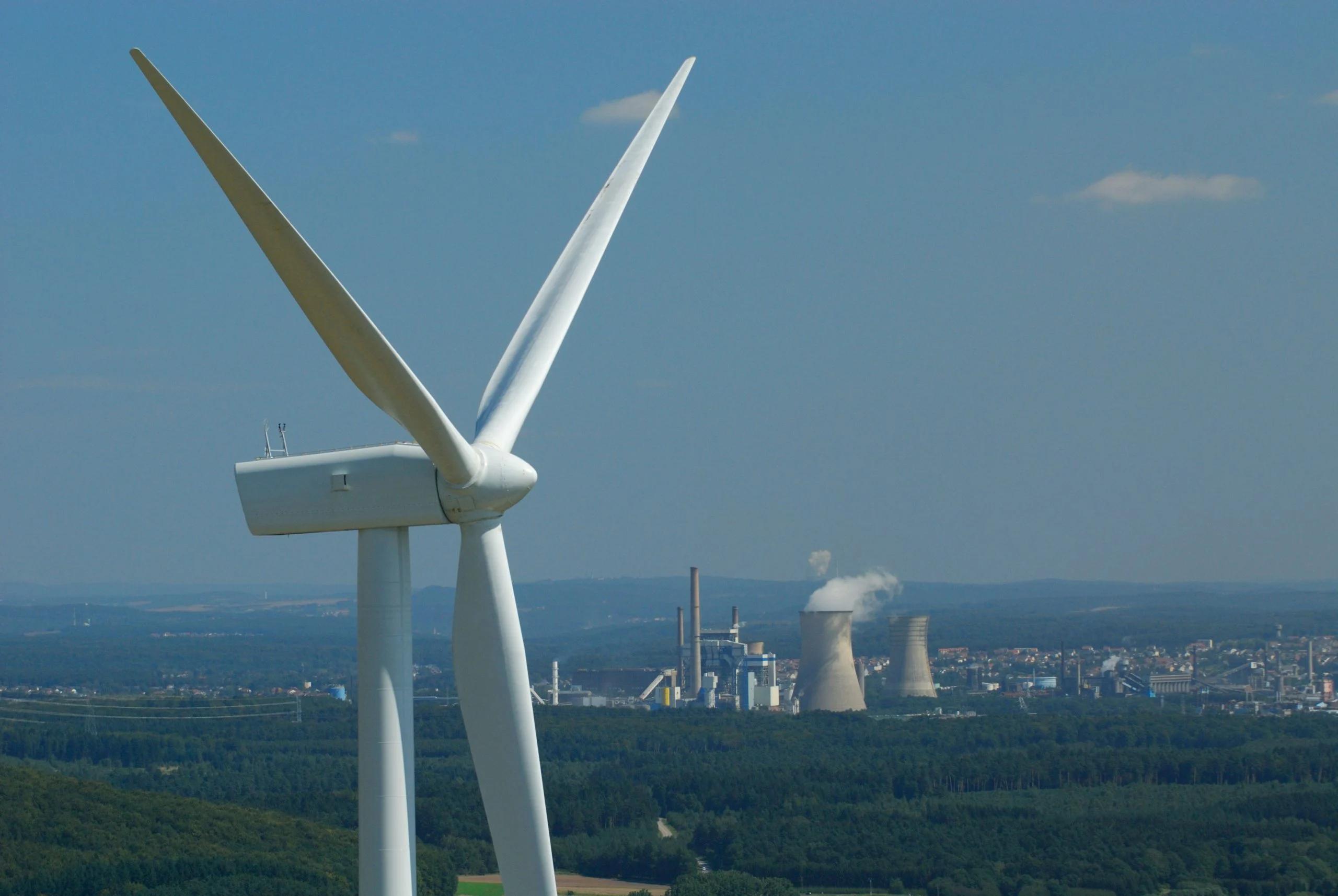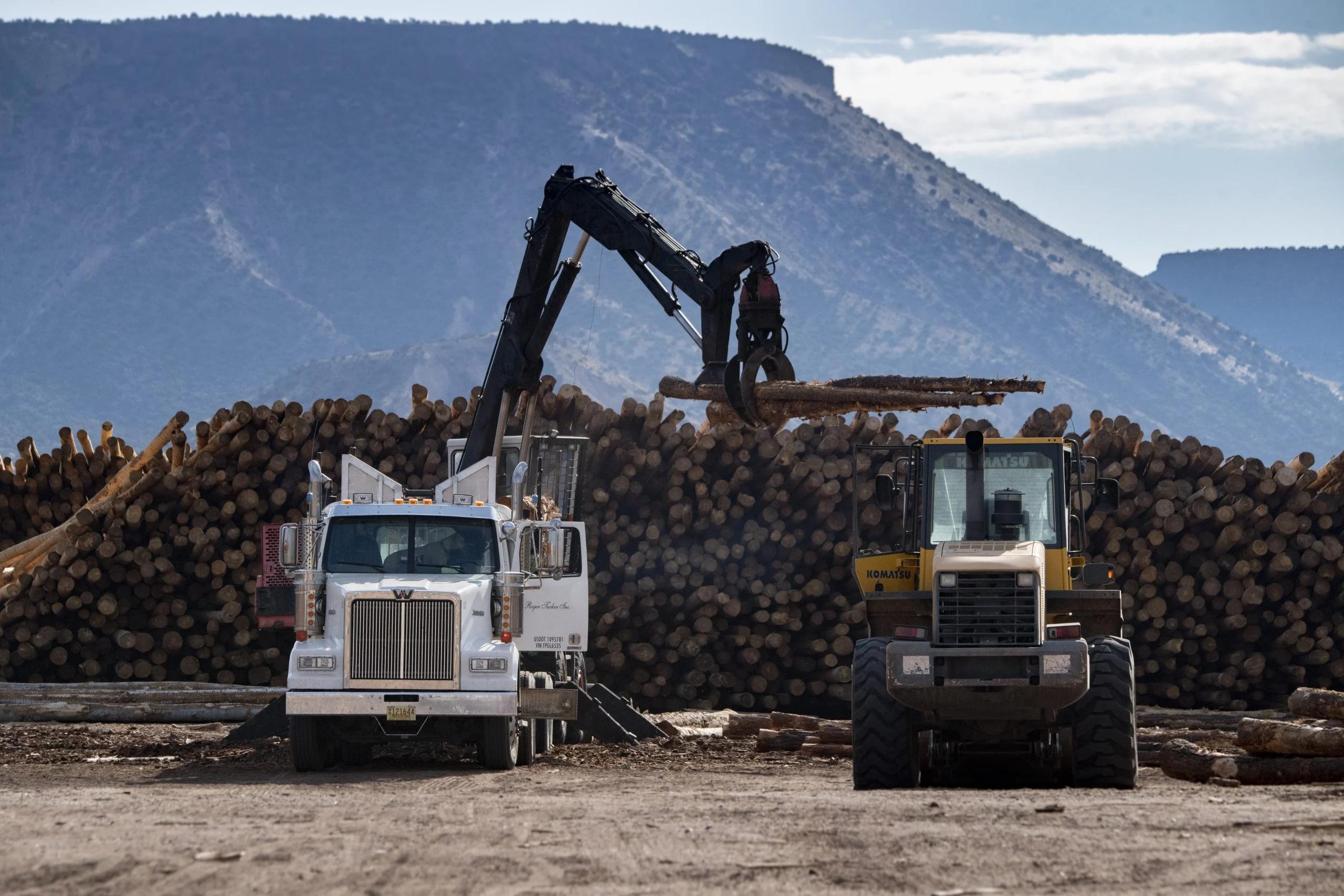
EU can stop Russian gas imports by 2025
New analysis by Ember, E3G, RAP and Bellona identifies the indispensable role clean energy solutions play in rapidly ending the EU’s reliance on fossil gas imports from Russia.
Resumo Executivo
A UE pode impedir as importações de gás russas até 2025
Soluções de energia limpa podem desempenhar um papel indispensável no encerramento rapidamente da dependência da UE em NOVA ANASENALIZADOR DE GAS Fossil.
New analysis by Ember, E3G, rap e Bellona Mostra que a UE pode acabar com as importações de todos os fósseis russos em 2025. Significativamente, identificamos que isso pode ser alcançado sem impedir o fim da geração de energia de carvão ou construir uma nova infraestrutura de importação de gás. Nem seria possível encomendar um novo terminal de GNL dentro desse prazo. European Commission’s current target of 2027. Most significantly, we have identified that this can be achieved without stalling the end of coal power generation or building new gas import infrastructure. It would not even be possible to commission a new LNG terminal within this timeframe.
A implantação acelerada das medidas de energia e eficiência limpa é a solução. Ao implementar totalmente o ajuste da UE para 55, removendo barreiras existentes ao crescimento eólico doméstico e crescimento solar e incentivando a resposta colateral da demanda, a UE pode erradicar as importações de gás russo e instigar simultaneamente o declínio de sua dependência de combustíveis fósseis voláteis.
A UE deve intensificar o desafio agora e implementar políticas e ações que permitam que essas soluções limpas prosperem. O ajuste da UE para 55 pacote e acelerando a implantação de eletricidade renovável, eficiência energética e eletrificação. Isso é equivalente a uma redução de 101 bilhões de metros cúbicos (BCM). Agora, uma elevação urgente na política é necessária para atingir o nível necessário de implementação. Alternativamente, o fornecimento de 51 bcm de importações de gás por meio de ativos existentes é suficiente.
Key takeaways
Clean energy and energy efficiency can replace two-thirds of Russian gas imports by 2025.
Russian gas imports can be cut by 66% by delivering the EU’s Fit for 55 package and accelerating the deployment of renewable electricity, energy efficiency and electrification. This is equivalent to a reduction of 101 billion cubic meters (bcm). An urgent uplift in policy is now required to achieve the necessary level of implementation.
New gas import infrastructure is not required.
Security of supply and reduction of Russian gas dependence does not require the construction of new EU gas import infrastructure such as LNG terminals. Alternatively sourcing 51 bcm of gas imports via existing assets is sufficient.
A energia de carvão não precisa ser estendida. fora do vício em gás fóssil russo da Europa. A UE pode se afastar das importações de gás russo até 2025, mais rápido do que o alvo revowereu recentemente anunciado de 2027. Pode conseguir isso sem impedir o declínio da potência do carvão ou substituir uma dependência de combustível fóssil por outro, através da rápida implementação de soluções de energia limpa. Deve haver ação imediata e enorme compromisso da UE em atingir o ajuste atual para 55 metas renováveis e a aceleração necessária da implantação eólica e solar. Recomendações
The above measures would enable the EU to achieve the necessary decrease in fossil gas demand without slowing the decline of coal-fired electricity generation.
Conclusion
Key policy recommendations
As políticas contraproducentes devem ser identificadas e abordadas. É de suma importância evitar a infraestrutura ou o bloqueio contratual de gás, pois o efeito de "substituição" deve diminuir acentuadamente após 2025.
Incentives that currently deepen or perpetuate gas consumption need to be replaced with investment support for clean heating. It is of paramount importance to avoid infrastructure or contractual gas lock-in, as the “substitution” effect is expected to decline sharply post 2025.
Política
Make investments in energy efficiency an energy security priority and increase the ambition of and fast track key renewable energy and efficiency policy in the EU “Fit for 55” package. Identify latent reduction potential that can be fast tracked in line with climate targets, in particular in industrial end use of gas, inefficiencies in gas use (transformation losses, methane leakage), and through electrification of end-uses.
Support
Support the roll out of renewables and electrification with investment programmes, administrative streamlining and a better market for demand side flexibility as well as long–term contracts. Clarify financial resources available to clean energy solutions under REPowerEU. Ensure that recovery funding allocated for clean energy is used to that effect.
Capacidade
Coloque a capacidade de monitorar e responder a riscos da cadeia de suprimentos de baixo carbono e escalar a força de trabalho qualificada. Implemente a capacidade da Comissão Europeia para uma abordagem econômica inteira para dirigir e monitorar o progresso. Garanta o patrimônio na resposta energética. (Bellona). Global
Supporting materials
Acknowledgements
This briefing has been authored by Sarah Brown (Ember), Domien Vangenechten, Johanna Lehne and Lisa Fischer (E3G), Bram Claeys and Jan Rosenow (RAP) and Marta Lovisolo and Keith Whiriskey (Bellona).
Header Image
Vessel under loading in port Nachodka Russia
Credits: iStockPhoto
Related Content




